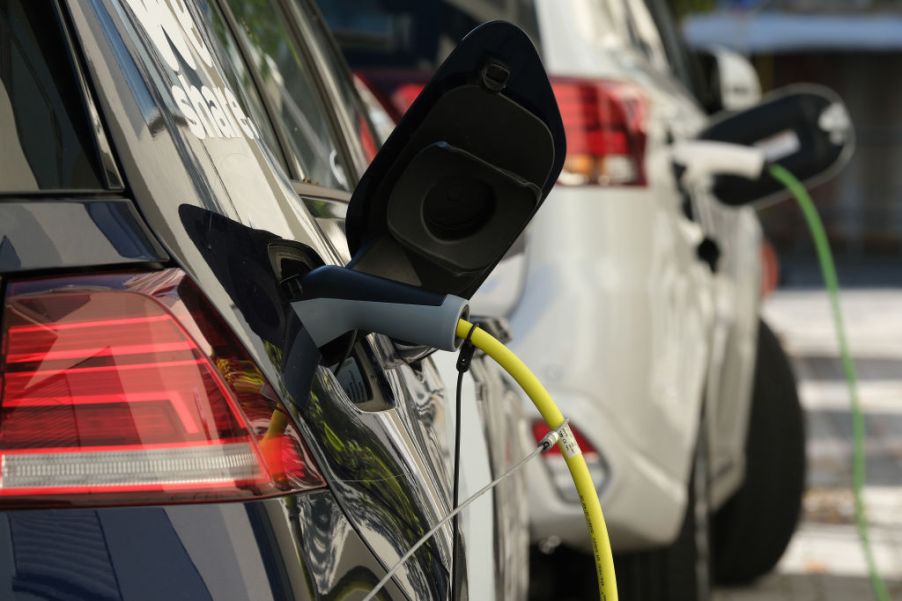
How Far Do Electric Cars Go in the Real World?
The only thing that automakers want to do is to sell you cars. It’s not a surprise then that, like Volkswagen’s infamous Dieselgate scandal, the numbers, stats, and figures that are presented about a car may not be accurate. The only way to get truly accurate figures is to test drive them in the real world, and that’s exactly what carwow did with a handful of electric cars.
How the EVs were tested
First and foremost, carwow is a British company, so the road test was done on British roads with British weather and with EVs that are available in Europe. That said, most of the EVs that carwow tested are currently available in the U.S. right now. Additionally, carwow used the WLTP estimated range for the EVs and not the EPA estimated range. This will be a problematic choice.
Another big thing to note is that carwow isn’t testing or driving the EVs like the EPA or the WLTP would test them. The testers fully charged the EVs overnight but still, they weren’t at 100% charge by the time they were tested. But, carwow says that they were all over 95% charge at the start of the test. Additionally, the drivers were charging their phones while driving the EVs. And of course, they only drove each EV once.
The expirement tested six EVs in total. They were the Audi e-Tron, the Jaguar I-PACE, the Kia e-Niro, the Mercedes EQC 400, the Nissan Leaf, and of course, the Tesla Model 3 Long Range. The Audi, Mercedes, and Jaguar were all equipped with a roughly 90 kWh battery. The Nissan and the Kia had a roughly 60 kWh battery, and the Tesla had a 75 kWh battery.
Which electric car can go the farthest?
Despite the different battery sizes, the Tesla came out on top with a 270-mile actual range, according to carwow. However, surprisingly, the Kia came in second place with a 255-mile actual range. The Jaguar came in third, with 223 miles. The Nissan and the Audi both had about the same range, with the Nissan getting 208 miles and the Audi getting 206 miles. The Mercedes was in last place at 194 miles.
That said, when those real world ranges are compared to what the automakers say the cars will get, there’s a totally different ranking. So just how far off were the ranges?
With the WLTP estimated ranges, carwow found that the Mercedes and the Jaguar only got 75% and 76% of their claimed range. The Tesla and the Audi only got 78% and 81% of their claimed range. The Nissan and the Kia, however, got 87% and 90% of their claimed range.
Not a perfect test, though
There were many hiccups in carwow’s test, but using the WLTP ratings is one of the bigger ones. The WLTP tests cars differently than how the EPA does it, and the result is that for an EV, there’s a big difference in terms of its estimated ranges.
For example, the WLTP says that the Kia e-Niro has a 282-mile range. The EPA however, actually says that it has a 239-mile range. That’s a difference of over 40 miles, and it would mean that the Kia surpassed what the EPA says it should do.
And, because the electronics inside electric cars use electricity, doing things like turning on the heater or charging your phone can eat up some range. Obviously though, using the heater and charging a phone are perfectly normal things to do in a car.
But the EPA doesn’t do that when it’s testing EVs, so that does help explain the differences in the results. Another explanation is simply human. Testing agencies test cars multiple times, while carwow doesn’t have the resources to do that.



